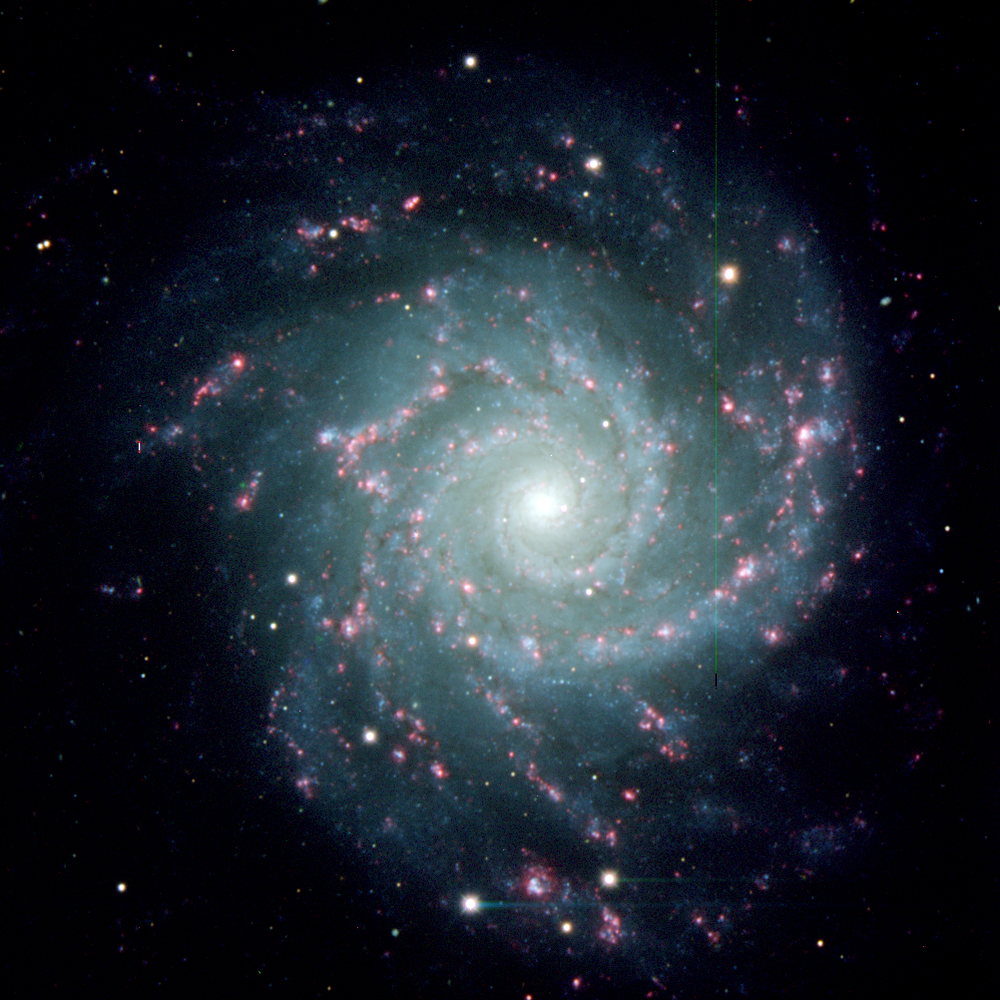
The following is a guest post by Indranil Banik, Moritz Haslbauer, and Pavel Kroupa (bios at end) based on their new paper Modifying gravity to save cosmology Cosmology is currently in a major crisis because of many severe tensions, the most serious and well-known being that local observations of how quickly the Universe is expanding (the so-called ‘Hubble constant’) exceed the prediction of the standard cosmological








